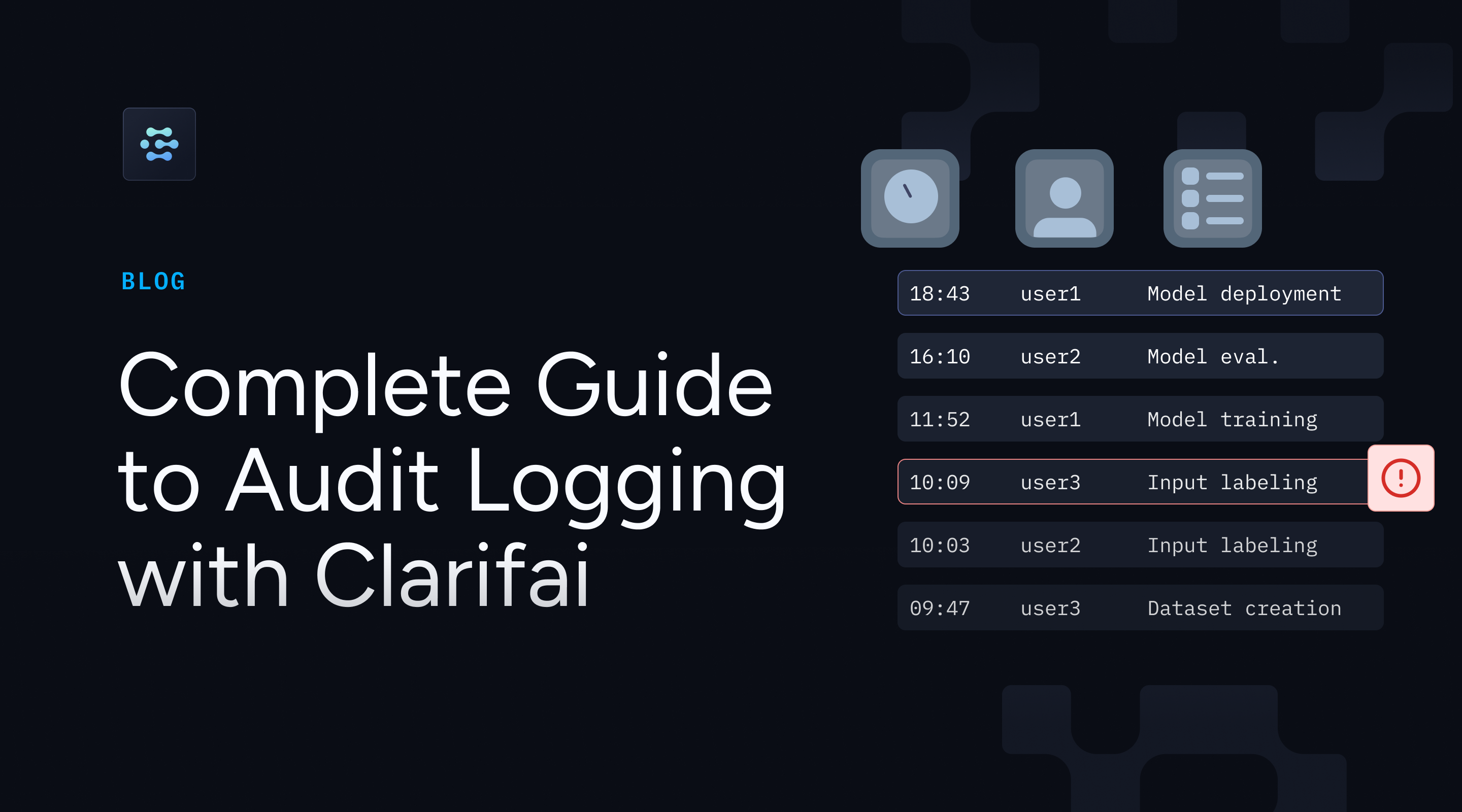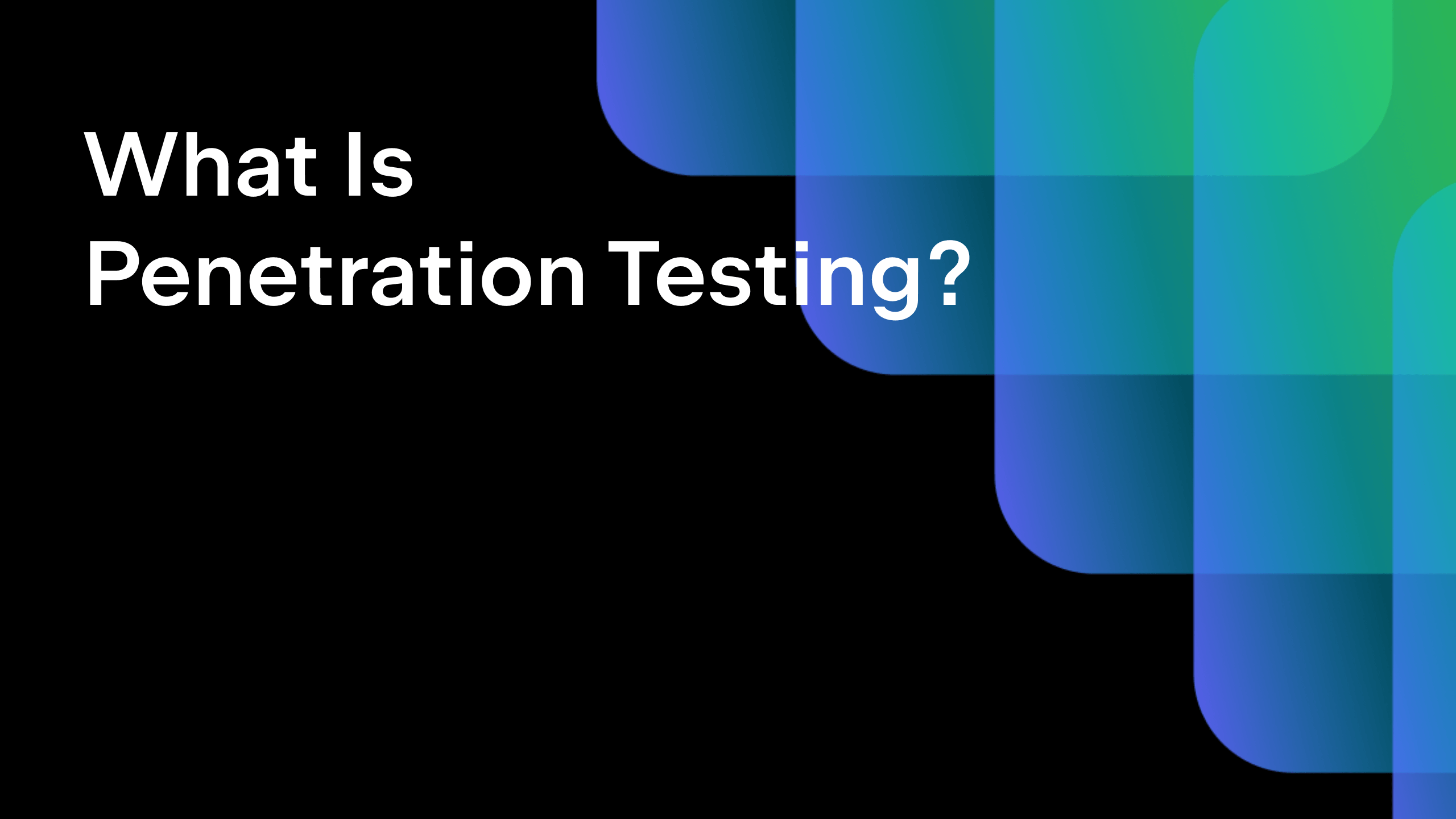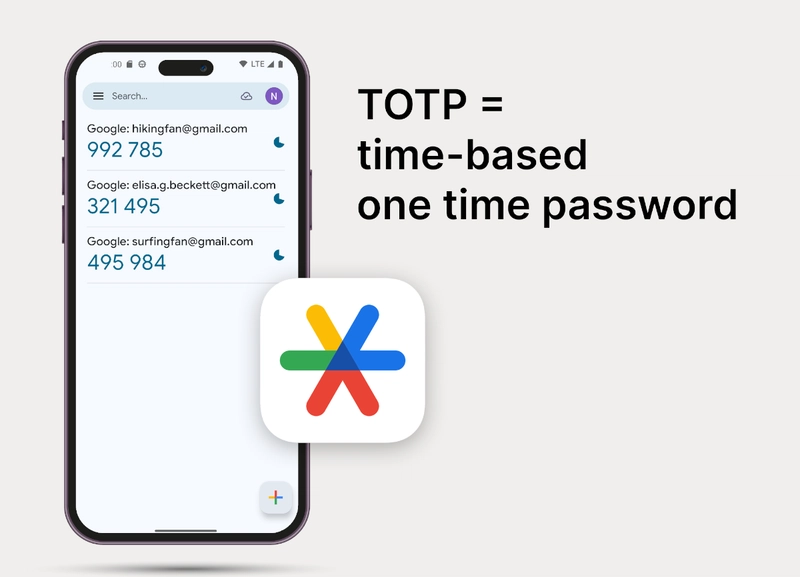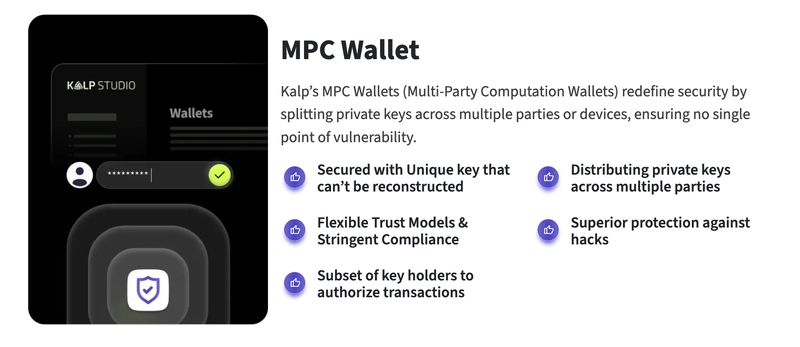Custodial vs Self Custody vs MPC Wallets: Where KS Wallet Stands
Why the Old Wallet Debate Needs an Upgrade We’ve heard it all before: Custodial wallets are convenient but risky. Non-custodial wallets are secure but clunky. The conversation usually stops there, as if those were the only two options on the table. But in 2025, that framing feels outdated. As blockchain adoption inches toward real-world utility — from tokenized real estate to enterprise-grade supply chain dApps — developers and teams need more than simplified dichotomies. They need infrastructure that adapts to their stack, their compliance requirements, and their users' technical fluency. This is where KS Wallet comes in — not to pick a side, but to reframe the conversation entirely. What’s Actually Changed in the Wallet Landscape For years, developers had to choose between usability and control: Custodial wallets (like those provided by exchanges or fintech platforms) handle everything on the backend — private keys, signing, recovery — which makes onboarding easy, but introduces custodial risk and regulatory complexity. Self-custody wallets (e.g., Metamask, Trust Wallet) give full control to the user. But the tradeoff? Higher friction, especially around onboarding, key management, and transaction signing. MPC wallets (Multi-Party Computation) offer shared control — typically by splitting key material across multiple parties/devices. It’s secure, but implementing MPC in a usable way has historically been… painful. But the real shift isn’t just in how wallets work — it’s in how they’re integrated. Wallets are no longer standalone apps. They’re embedded into onboarding flows. They’re deeply coupled with smart contract logic. They’re composable components in low-code environments. This evolution demands flexibility. Not in the “you can export your keys” kind of way, but in the architectural sense. You need wallets that can live in multiple environments, speak to APIs, respond to user context, and stay secure without making the user feel like they’re managing a vault. So, Where Does KS Wallet Fit In? KS Wallet was designed with this reality in mind. It isn’t just a wallet — it’s a wallet system built for modularity. Its core strength lies in supporting all three models — custodial, self-custodial, and MPC — natively, so developers don’t have to choose between UX, compliance, and security. Let’s break down how each model is handled. Self Custody Wallets: Giving Control to the User If your app is geared toward crypto-native users, power users, or DeFi explorers, you’re likely leaning toward non-custodial flows. With KS Wallet, users can: Generate wallets directly via the browser extension, mobile app, or KALP STUDIO Console Back up their wallets using industry-standard seed phrases Sign transactions independently without ever exposing their private keys There’s nothing revolutionary here — and that’s the point. The experience feels familiar, like any modern wallet, but it’s integrated into a broader dev environment (Kalp Studio), which means the real magic is behind the scenes: developers can interact with the wallet through APIs, sync it with contract deployments, and handle fallback flows gracefully. No custom SDKs. No separate wallet plugins. No user drop-off. Custodial Wallets: Simplified Onboarding, Centralized Control There are situations — especially in enterprise settings or regulated markets — where giving end users full control isn’t the right call. That’s where KS Wallet’s custodial mode plays a role. Here, wallet creation and private key management happen entirely server-side, under the control of the app or service provider. This is ideal when: You’re building a SaaS platform where Web3 is abstracted away Users shouldn’t deal with seed phrases or confirmations You need to build recovery flows or centralized compliance tools Developers get access to the same wallet features (signing, token transfers, storage, API access), but the control — and responsibility — stays with the provider. The benefit? Faster onboarding, consistent UX, and simpler support. It’s a pragmatic solution, not a philosophical one. MPC Wallets: Shared Control Without Shared Risk Multi-Party Computation wallets are increasingly becoming the preferred choice for projects that want to combine the best of both worlds: user control and institutional-grade security. With KS Wallet’s upcoming support for MPC (currently in beta), developers can provision wallets that: Split private key material across devices or services Require multi-party coordination to sign transactions Reduce single points of failure without compromising speed or access What’s critical here is how MPC is implemented. Instead of asking developers to reinvent cryptographic processes, KS Wallet abstracts all of it behind a clean interface, with integration options for both app logic and backend services. In real terms, this means you can build wallet flows where

Why the Old Wallet Debate Needs an Upgrade
We’ve heard it all before: Custodial wallets are convenient but risky. Non-custodial wallets are secure but clunky. The conversation usually stops there, as if those were the only two options on the table. But in 2025, that framing feels outdated.
As blockchain adoption inches toward real-world utility — from tokenized real estate to enterprise-grade supply chain dApps — developers and teams need more than simplified dichotomies. They need infrastructure that adapts to their stack, their compliance requirements, and their users' technical fluency.
This is where KS Wallet comes in — not to pick a side, but to reframe the conversation entirely.
What’s Actually Changed in the Wallet Landscape
For years, developers had to choose between usability and control:
- Custodial wallets (like those provided by exchanges or fintech platforms) handle everything on the backend — private keys, signing, recovery — which makes onboarding easy, but introduces custodial risk and regulatory complexity.
- Self-custody wallets (e.g., Metamask, Trust Wallet) give full control to the user. But the tradeoff? Higher friction, especially around onboarding, key management, and transaction signing.
- MPC wallets (Multi-Party Computation) offer shared control — typically by splitting key material across multiple parties/devices. It’s secure, but implementing MPC in a usable way has historically been… painful.
But the real shift isn’t just in how wallets work — it’s in how they’re integrated.
Wallets are no longer standalone apps. They’re embedded into onboarding flows. They’re deeply coupled with smart contract logic. They’re composable components in low-code environments.
This evolution demands flexibility. Not in the “you can export your keys” kind of way, but in the architectural sense. You need wallets that can live in multiple environments, speak to APIs, respond to user context, and stay secure without making the user feel like they’re managing a vault.
So, Where Does KS Wallet Fit In?
KS Wallet was designed with this reality in mind. It isn’t just a wallet — it’s a wallet system built for modularity. Its core strength lies in supporting all three models — custodial, self-custodial, and MPC — natively, so developers don’t have to choose between UX, compliance, and security.
Let’s break down how each model is handled.
Self Custody Wallets: Giving Control to the User
If your app is geared toward crypto-native users, power users, or DeFi explorers, you’re likely leaning toward non-custodial flows.
With KS Wallet, users can:
- Generate wallets directly via the browser extension, mobile app, or KALP STUDIO Console
- Back up their wallets using industry-standard seed phrases
- Sign transactions independently without ever exposing their private keys
There’s nothing revolutionary here — and that’s the point. The experience feels familiar, like any modern wallet, but it’s integrated into a broader dev environment (Kalp Studio), which means the real magic is behind the scenes: developers can interact with the wallet through APIs, sync it with contract deployments, and handle fallback flows gracefully.
No custom SDKs. No separate wallet plugins. No user drop-off.
Custodial Wallets: Simplified Onboarding, Centralized Control
There are situations — especially in enterprise settings or regulated markets — where giving end users full control isn’t the right call.
That’s where KS Wallet’s custodial mode plays a role. Here, wallet creation and private key management happen entirely server-side, under the control of the app or service provider. This is ideal when:
- You’re building a SaaS platform where Web3 is abstracted away
- Users shouldn’t deal with seed phrases or confirmations
- You need to build recovery flows or centralized compliance tools
Developers get access to the same wallet features (signing, token transfers, storage, API access), but the control — and responsibility — stays with the provider.
The benefit? Faster onboarding, consistent UX, and simpler support. It’s a pragmatic solution, not a philosophical one.
MPC Wallets: Shared Control Without Shared Risk
Multi-Party Computation wallets are increasingly becoming the preferred choice for projects that want to combine the best of both worlds: user control and institutional-grade security.
With KS Wallet’s upcoming support for MPC (currently in beta), developers can provision wallets that:
- Split private key material across devices or services
- Require multi-party coordination to sign transactions
- Reduce single points of failure without compromising speed or access
What’s critical here is how MPC is implemented. Instead of asking developers to reinvent cryptographic processes, KS Wallet abstracts all of it behind a clean interface, with integration options for both app logic and backend services.
In real terms, this means you can build wallet flows where:
- A user confirms a transaction on their phone
- Your service validates a second part of the key
- The wallet signs only after both parties agree
It’s secure, compliant, and highly customizable — with minimal complexity on your part.
Why This Flexibility Matters Right Now
For developers building in real-world environments, the wallet choice isn't theoretical — it's architectural. KS Wallet's flexible model makes it possible to:
- Support both crypto-native and mainstream user onboarding in the same dApp
- Handle enterprise use cases without rewriting your wallet stack
- Add security (MPC, multi-sig, 2FA) without increasing dev overhead
- Transition between models as your product or audience evolves
If you're in early MVP mode, start with custodial or embedded non-custodial wallets. If you're scaling to sensitive transactions or compliance-heavy sectors, migrate into MPC. KS Wallet supports all three paths — without locking you into one.
Real-World Observations from the Field
Having worked with SaaS startups building dApps for everything from tokenized invoices to NFT-based education platforms, I’ve seen firsthand how rigid wallet architecture becomes a bottleneck.
One team spent weeks bolting Metamask onto their frontend — only to lose 40% of users during wallet setup.
Another had to rebuild their wallet integration from scratch when moving into Latin American markets where mobile onboarding mattered more than browser extensions.
In both cases, KS Wallet’s embedded and multi-model options would’ve saved them time, reduced drop-offs, and opened up clearer scaling paths.
What Comes Next
KS Wallet is evolving to align with where the space is going — not just where it’s been.
That means:
- Support for account abstraction and smart contract wallets is on the roadmap
- Integration with ZK-based privacy features is being explored for enterprise-grade workflows
- Cross-chain operability will eventually allow wallets to span EVM and non-EVM ecosystems — without disrupting user UX
But even as we build forward, the core focus stays the same: give developers control without complexity, and give users security without friction.
Final Take
The wallet conversation is no longer just about custody. It’s about context — who your users are, what they need, and how your app grows with them.
KS Wallet doesn’t ask you to choose sides. It gives you a system that adapts — from self-custody to enterprise security — so you can build Web3 experiences that actually work at scale.
If you’re tired of plugging together disconnected wallet tools, or rewriting onboarding flows for every new market or feature, KS Wallet is worth a closer look.
Next in the series, we’ll dive into the practical side: how to create wallets using the Kalp Studio platform, manage different wallet types, and integrate KS Wallet directly into your dApp — step by step.
If you have any questions, feel free to post them on KALP STUDIO's Discord server, and do check out the official documentation. And let's continue the discussion in the comments section.
Stay tuned.




































































![Apple Shares Teaser Trailer for 'The Lost Bus' Starring Matthew McConaughey [Video]](https://www.iclarified.com/images/news/97582/97582/97582-640.jpg)


![Apple Debuts Trailer for Third Season of 'Foundation' [Video]](https://www.iclarified.com/images/news/97589/97589/97589-640.jpg)





















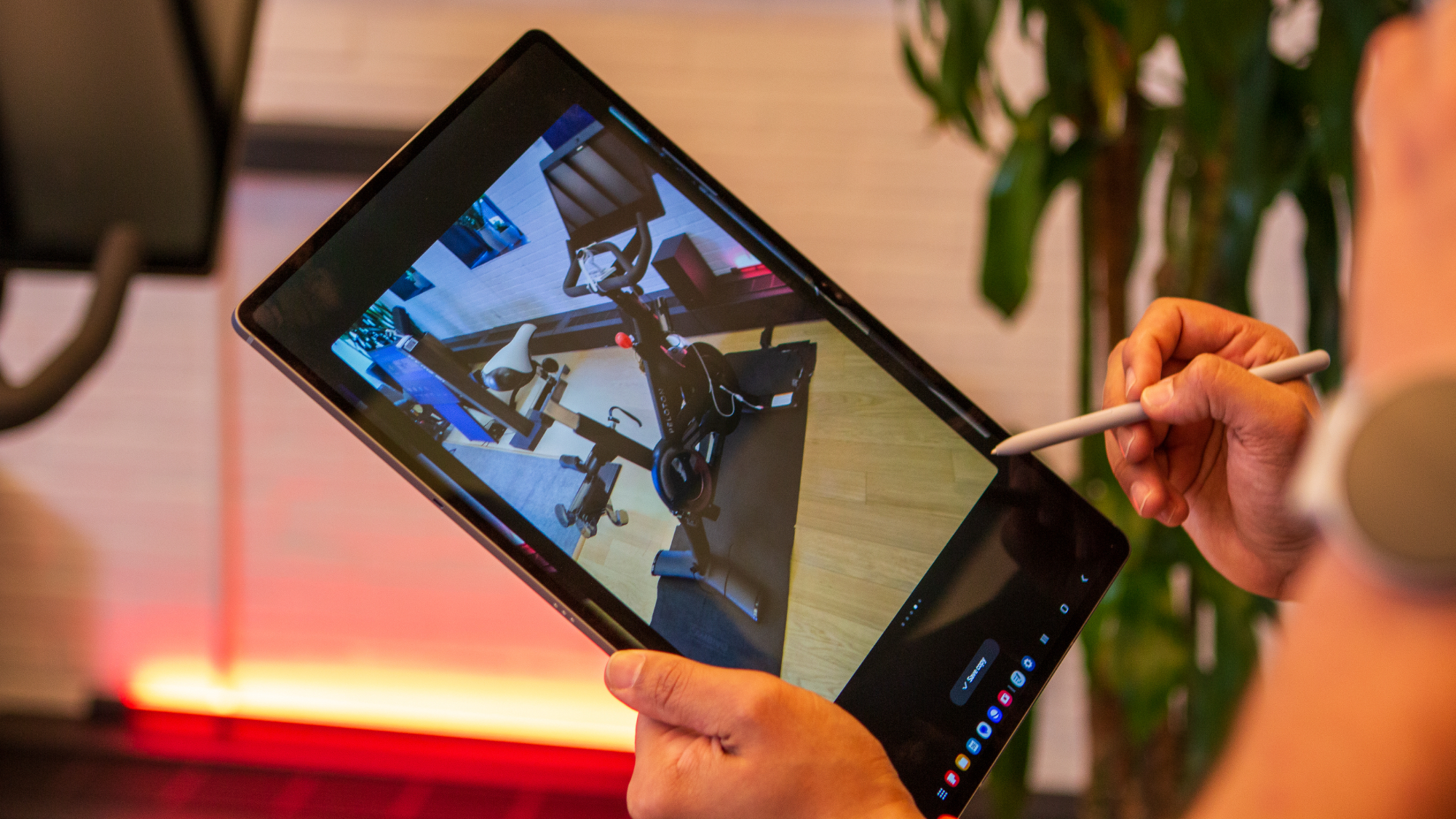













































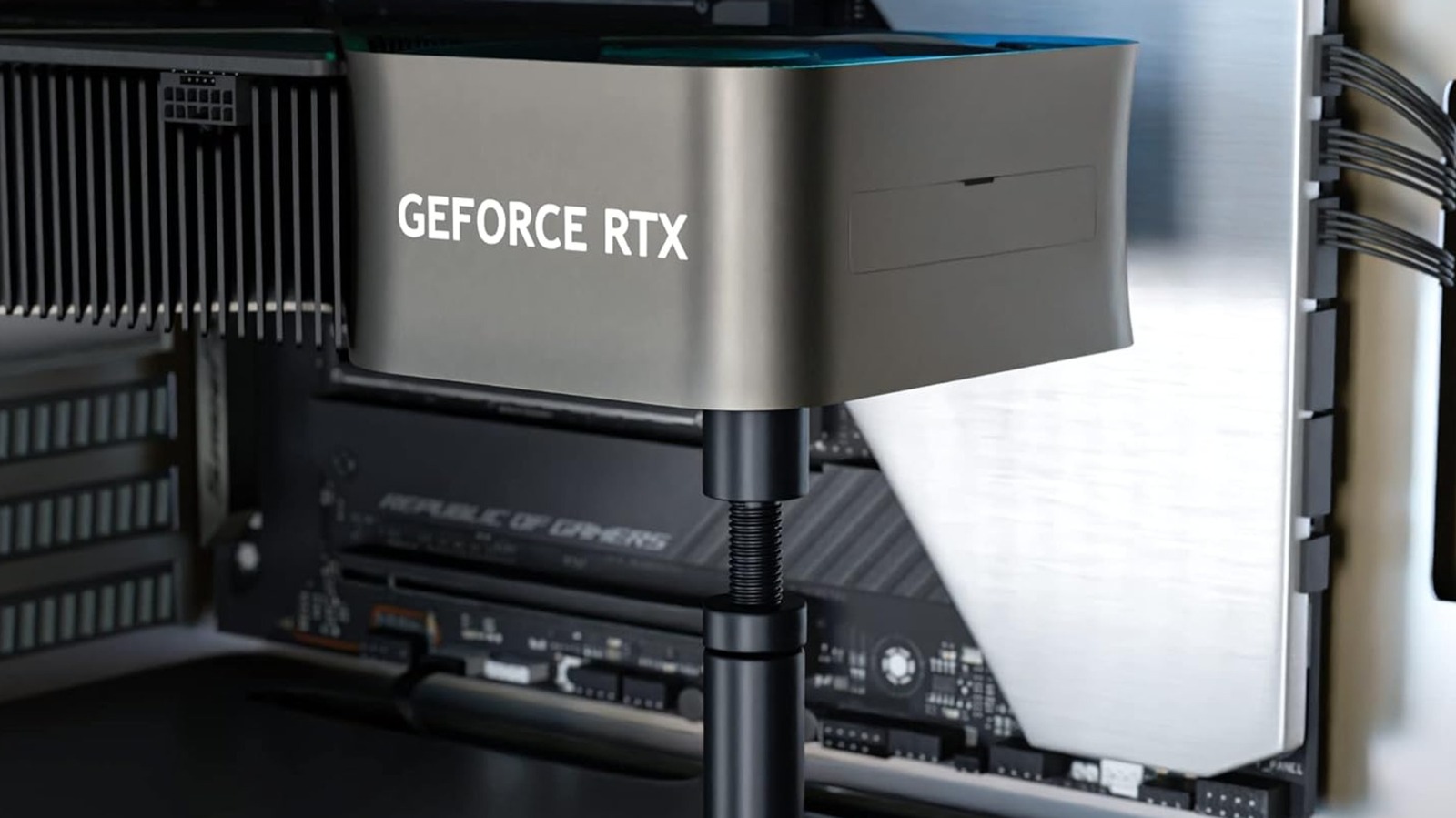






































.webp?#)

_incamerastock_Alamy.jpg?width=1280&auto=webp&quality=80&disable=upscale#)






















































































![Top Features of Vision-Based Workplace Safety Tools [2025]](https://static.wixstatic.com/media/379e66_7e75a4bcefe14e4fbc100abdff83bed3~mv2.jpg/v1/fit/w_1000,h_884,al_c,q_80/file.png?#)






























![[The AI Show Episode 152]: ChatGPT Connectors, AI-Human Relationships, New AI Job Data, OpenAI Court-Ordered to Keep ChatGPT Logs & WPP’s Large Marketing Model](https://www.marketingaiinstitute.com/hubfs/ep%20152%20cover.png)














